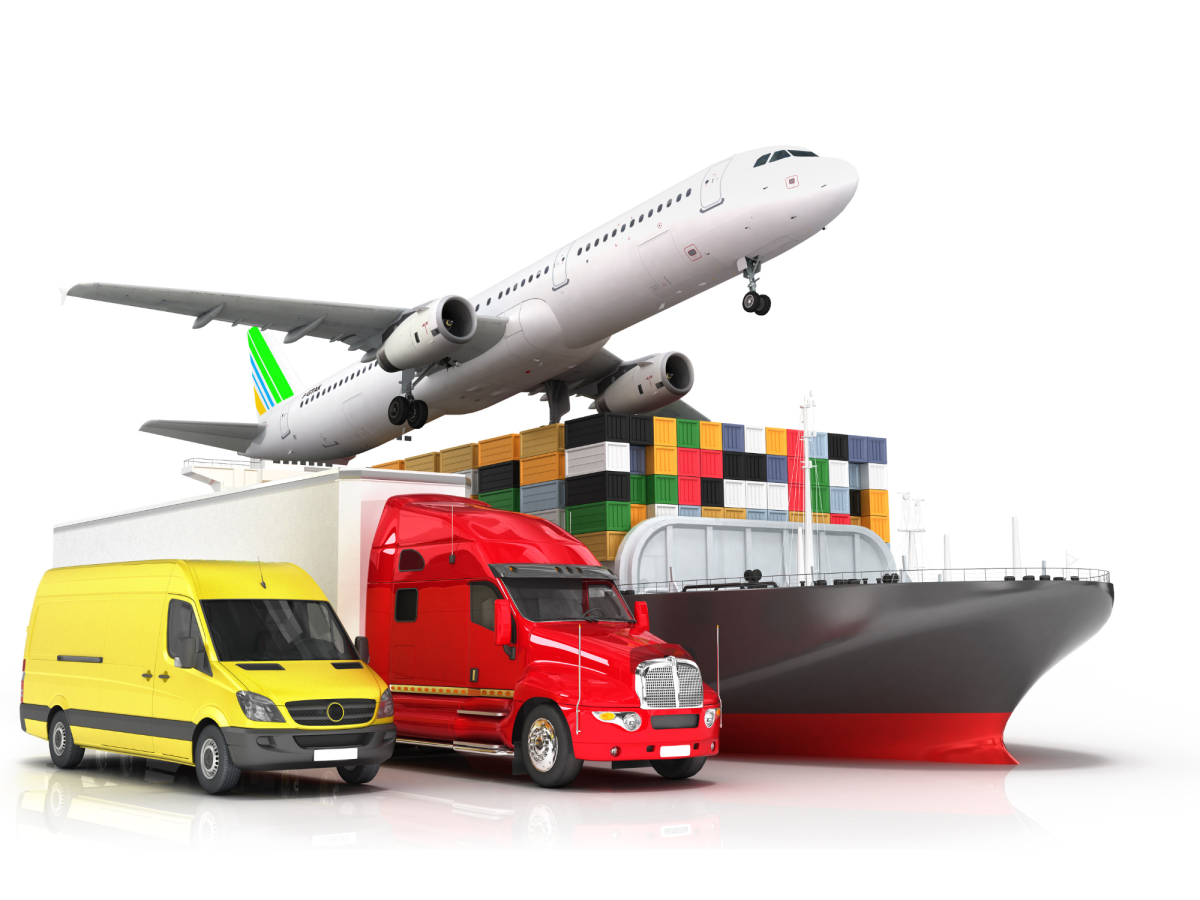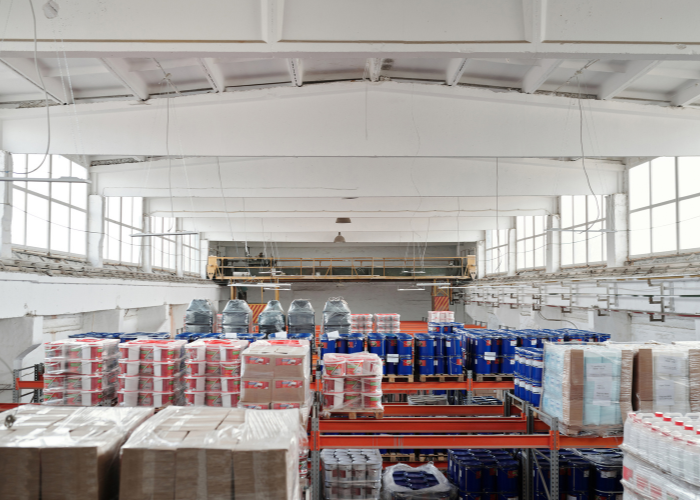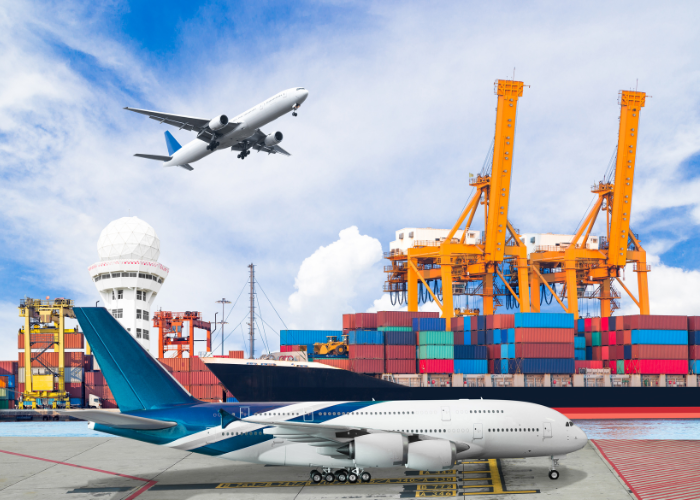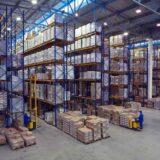As October winds down and the holiday season approaches, it’s never too early to start preparing for the busiest time of the year. While the first frost may not have arrived yet, the winter holiday season is already on our minds at Logixacross. To help you avoid the last-minute chaos and ensure your gifts, orders, and festive packages arrive on time, we’re offering early bird discounts for all your holiday shipping needs.
The holidays are a time for giving, sharing, and celebrating with loved ones, but the stress of last-minute shipping can sometimes take away from the fun. The good news is that with a little early planning, you can stay ahead of the curve and enjoy a stress-free holiday season. Here’s how you can get started and make the most of our early bird shipping discounts this year!
1. Ship Early, Save More!
At Logixacross, we know that the holiday rush can sneak up on you. To help take the stress out of shipping, we’re offering special early bird discounts on all holiday shipments. By shipping your gifts, business orders, and holiday packages early, you can avoid price hikes that tend to happen closer to December.
Not only will you enjoy discounted rates, but you’ll also beat the crowds—ensuring that your packages are delivered on time, without delay. Whether you’re shipping presents to friends and family or preparing shipments for your business, now is the perfect time to take advantage of early discounts and plan your shipping well in advance.
2. Avoid the Last-Minute Rush
The holiday season often brings a last-minute frenzy. Everyone wants their packages to arrive on time, but by waiting too long, you risk missed deadlines, delivery delays, and frustration. With shipping volumes at their peak, waiting until the final days before Christmas means you’ll be fighting for space with millions of other holiday shipments.
Don’t wait until the last minute—start preparing now. Shipping early not only gives you peace of mind but also ensures that your gifts and business orders arrive in time for the holidays. Plus, with our early bird discounts, you’ll save money while getting ahead of the competition.
3. Plan for the Peak Season: Know Your Deadlines
Planning ahead is key to a smooth holiday shipping experience. Shipping carriers often experience increased demand during the holiday season, which can lead to delays. To ensure your gifts and orders arrive on time, be aware of the shipping cutoffs for both standard and expedited services. We’ve created a handy holiday shipping deadline calendar to help you stay on top of key dates and avoid any stress when it’s crunch time.
Here are our recommended shipping deadlines for the winter holidays:
- Standard Shipping: Ship by December 10th to ensure timely delivery.
- Expedited Shipping: Ship by December 17th for faster delivery options.
- Express Shipping: Ship by December 20th for guaranteed Christmas delivery.
By shipping early, you can easily beat these deadlines and enjoy a stress-free holiday season!
4. Make Sure Your Packages are Holiday-Ready
Nothing ruins a festive gift-giving moment like a broken or damaged present. When shipping delicate gifts or holiday décor, ensure your packages are properly packed and ready for the journey. We recommend using sturdy boxes, bubble wrap, and proper padding for fragile items. If you’re sending something extra delicate—such as glass ornaments, china, or holiday-themed keepsakes—be sure to take extra care in securing them.
For larger shipments, like holiday décor or bulk business orders, ensure the items are securely packed to prevent shifting and damage during transit. At Logixacross, we offer specialty packaging options to make sure everything arrives in perfect condition.
5. Stay Ahead of Inventory with Early Ordering
For small businesses, holiday prep includes ensuring that your inventory is stocked and ready for a potential influx of orders. Avoid last-minute rush orders by checking your inventory now, so you can make any necessary purchases early. Ensure that your products are on-hand and ready for shipping when orders start pouring in.
For personal shippers, be sure to start your shopping soon to avoid delays from popular gift items going out of stock or shipping delays. By acting early, you can pick out thoughtful gifts that might sell out closer to the holidays.
6. Avoid Stress—Start Holiday Shopping Now
The sooner you start shopping, the more relaxed you’ll be as the holidays approach. Whether you’re purchasing gifts, decorations, or festive treats, the more time you give yourself, the better your chances of avoiding the holiday rush. And with our early bird discounts and early shipping deadlines, you’ll have more time to enjoy the holidays without worrying about whether your packages will arrive on time.
To help you stay organized, we recommend creating a gift list and marking off each person as you complete their purchase. This way, you can check everything off early and avoid last-minute shopping panic.
7. Share Your Holiday Prep Tips!
At Logixacross, we want to hear how you’re getting ready for the holidays. Whether you’re planning your shipping strategy, buying early gifts, or organizing your shipping supplies, we’d love to know what tips have helped you in your holiday prep. Share your best holiday preparation advice with us in the comments below or on social media, and you could even win a Logixacross shipping discount for your next holiday shipment!
How do you prepare for the holiday shipping season? Share your tips with us and inspire others to get ready for a smooth and stress-free holiday season.
Get Ready for the Holidays with Logixacross
The holiday season can be magical, but it’s much easier to enjoy when you’re prepared early. From discounts on shipping to knowing your deadlines and staying organized, Logixacross is here to ensure your shipping experience is seamless and stress-free. Don’t wait until the last minute—take advantage of our early bird discounts and get your holiday shipping ready now!
Contact Logixacross for Your Holiday Shipping Needs
Customer Service Hotline: 1-800-123-4567
Email: support@logixacross.com
Website: www.logixacross.com
Start preparing now and join the early bird holiday prep crew with Logixacross! 🎁🎄




















